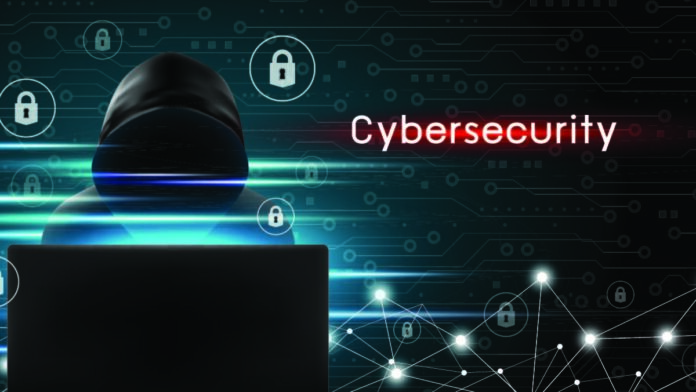As the threat of cyber-attacks continues to loom large, CISOs should keep an eye on the latest trends that will transform the cybersecurity landscape in 2022 and beyond.
The rise in the number of cyber-attacks has become the biggest challenge for organizations across the globe. Understanding its critical nature, many organizations have begun to invest in infrastructure and new methodologies to address it. In fact, as per a 2021 report from Cybersecurity Ventures “Cybersecurity Market Report”, global cybersecurity spending is expected to exceed USD 1.75 trillion between 2021 and 2025.
With remote work here to stay, securing endpoints within the on-premise as well as outside perimeter will be a critical aspect for organizations. Additionally, as cybercriminals continue to evolve and advance, keeping up with their latest techniques and strategies should be the utmost priority of the CISOs. As organizations prepare to step into 2022, they will need to prepare from a foundation of discovery, recovery perspective, and analysis. They should take steps towards educating their workforce to understand new cyber threats and how to identify these threats on their own.
Also Read: The Road to Security Maturity with Extended Detection and Response (XDR)
Here are three predictions that will transform the cybersecurity landscape in 2022:
-
Infrared Cameras Critical to Innovation
“COVID-19 was a world awakening and one that cost millions of lives and trillions of dollars,”

says Gary Strahan, CEO of Infrared Cameras Inc. He adds, “The question is, are we doing enough now to mitigate the risk of continued outbreaks and future epidemics and pandemics?”
“We must get systems into place to stop the spread of COVID-19 and to be prepared for the future. Just as security cameras have become prolific, infrared cameras will be critical for managing bio risk threats, such as COVID-19, for years to come. Organizations cannot afford to have a person manning every camera. Automating the process and making it seamless and cost-effective will help organizations avoid operational disruptions and more importantly save lives. Putting this infrastructure in place will be critical to organizational success moving forward,” adds Gary Strahan.
-
Financial institutions will prepare to fight fire with fire
“The convergence of cyber and fraud has arguably become the biggest threat to the financial services industry – and it’s only going to get worse next year,”

Greg Woolf, CEO and Founder of FiVerity. He adds, “In short, global criminal organizations are using sophisticated cyber techniques to create fraudulent identities, based on personal information purchased on the dark web and found on social media. These identities look real and easily fool financial institutions. In 2022, we will see financial institutions fight back by fighting fire with fire. There will be a renewed urgency for organizations to collaborate – both externally with other banks and law enforcement – and internally, bringing together previously separated anti-fraud and cybersecurity departments. Leveraging the expertise of both groups is critical to success.”
Also Read: Addressing New and Evolved Security Challenges of “Work-from-Anywhere” Environment
-
The need for total visibility will be top of mind for network security operators
“In the never-ending game against cybercriminals, network security operators must continuously monitor the landscape,” Dr. Aviv Yehezkel, CTO and Co-Founder, Cynamics.
He adds, “But they’re burdened with using a myriad of tools that require integrations, knowledgeable personnel to manage and update systems. This is cumbersome, time-consuming, expensive, and if not closely monitored, could expose backdoors. Network operators must keep pace with advanced technologies and interconnectedness, but this leads to an increase in the attack surface, network complexity, and progresses the thread landscape due to potential vulnerabilities and exposed backdoors. It’s impossible for businesses and governments to get ahead of the curve when they’re deploying reactive cybersecurity — which is riddled with holes, exhaustive, costly, and not a long-term solution to an ever-ending problem.”
For more such updates follow us on Google News ITsecuritywire News









